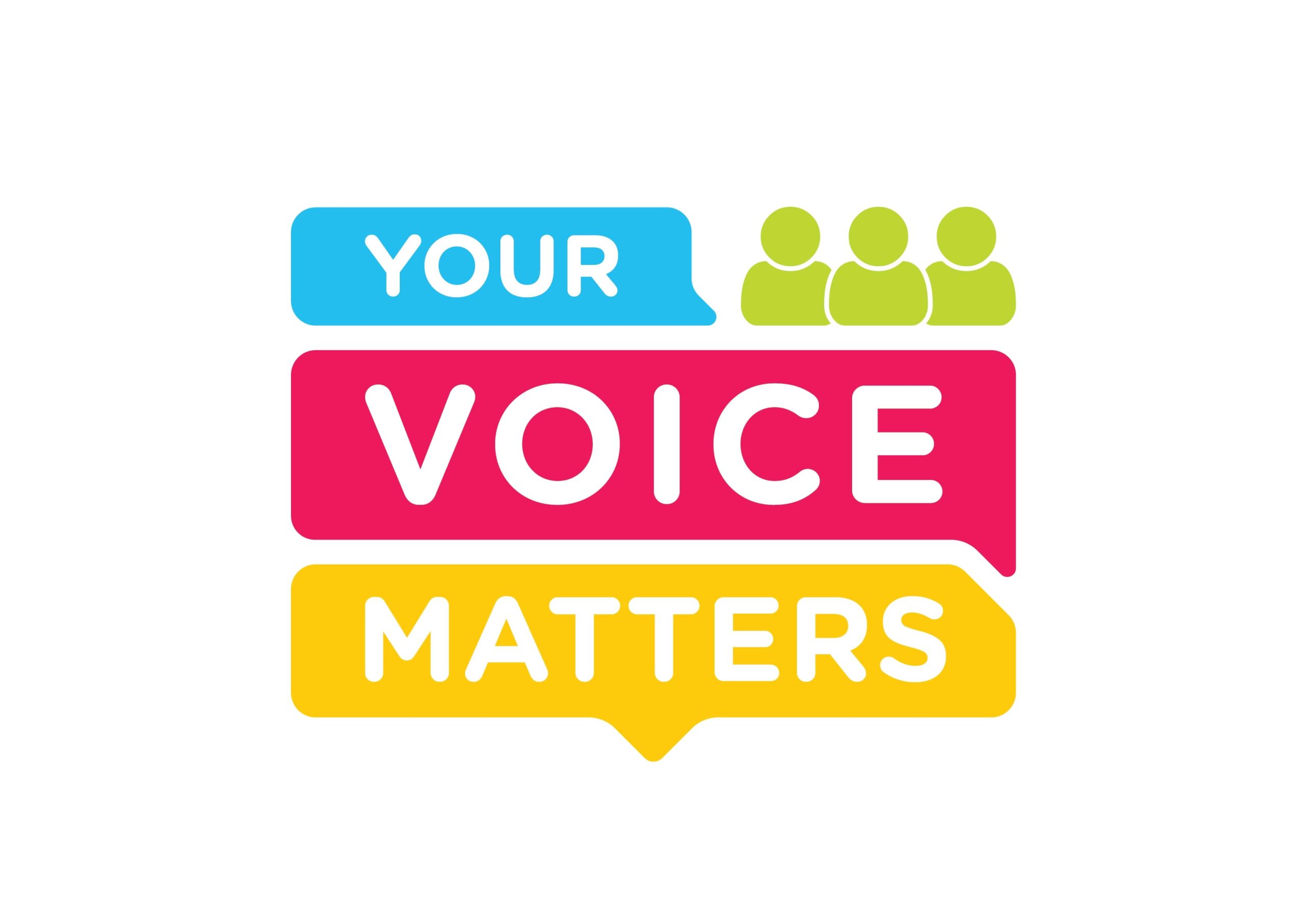Communication technology, notably instant messaging apps such as WhatsApp and Telegram, has become integral in organizational dynamics today.
These platforms, designed initially for personal use, have seamlessly infiltrated professional settings, reshaping how colleagues collaborate and share information.
Their swift adoption within organisations stems from their real-time messaging, multimedia sharing, and user-friendly interfaces, enabling swift communication and facilitating prompt decision-making.
Despite their efficiency, the constant connectivity these platforms offer blurs work-life boundaries, necessitating clear communication protocols and mindful usage to preserve employees’ wellbeing.
The trend showcases a shift towards immediate and interactive communication in workplaces, urging organisations to strike a balance between leveraging these tools for productivity while safeguarding employees’ personal time.
WhatsApp has established itself as a leading instant messaging application renowned for its intuitive interface and a myriad of compelling features catering to various communication needs.
It stands out as a user-friendly platform, accessible for download on smartphones at no charge. Offering an array of functionalities, WhatsApp presents an appealing suite of capabilities such as document sharing, photo, and location sharing, as well as status updates, enabling seamless exchanges among users and their networks of family and friends.
Moreover, this innovative technology has voice and video calling features, transcending geographical boundaries to facilitate cost-free global conversations. Notably, WhatsApp ensures user privacy through robust end-to-end encryption, assuring users of the confidentiality and security of their communications.
These attributes collectively exemplify WhatsApp’s effectiveness in addressing various communication needs, reinforcing its position as a versatile and user-friendly platform for both personal and professional interactions.
The allure of WhatsApp’s user-friendly features has led many organizations to adopt it as their communication platform of choice. This transition has revolutionized workplace interactions, redefining how colleagues engage, collaborate, and exchange information.
Initially utilised as a casual conversation tool, WhatsApp quickly found a place within organizations, expediting the flow of information among co-workers.
Initially fostering team cohesion and expediting information sharing, WhatsApp has seamlessly embedded itself within professional landscapes, emerging as a critical platform for work-related discussions, document sharing, and collaborative endeavors.
Nevertheless, this assimilation into professional realms has unearthed unforeseen challenges.
Research conducted by the author highlights that the ease of instant communication has unintentionally eroded the boundaries separating professional commitments from personal life.
The pervasive accessibility of the app, operating around the clock, intrudes upon employees’ time, disturbing the delicate balance between professional responsibilities and personal wellbeing.
WhatsApp’s features, while fostering immediate responses and collaborations, inadvertently impose pressure on employees. The visibility of one’s ‘online’ status and the expectation for prompt replies often induce an implicit obligation to be constantly available. This perpetual connectivity, even beyond designated work hours, generates stress and hampers work-life equilibrium.
Navigating the complexities arising from WhatsApp’s integration into the professional domain necessitates a balanced approach. Organisations are confronted with the imperative task of formulating comprehensive guidelines to regulate its usage effectively.
These guidelines could delineate the norms for communication within working hours, acknowledging the importance of uninterrupted personal time. They may outline expectations regarding response times, encouraging a culture that respects employees’ boundaries while ensuring effective collaboration during designated work hours.
In summary, WhatsApp’s metamorphosis from a personal messaging app to an integral workplace communication tool underscores its undeniable impact on organisational dynamics. While fostering efficiency and collaboration, its omnipresence challenges the traditional boundaries between work and personal life.
The path forward lies in establishing nuanced guidelines that strike a delicate balance between harnessing the app’s efficiency and safeguarding employees’ wellbeing.
By fostering a culture that respects personal time and delineates clear boundaries for work-related communication, organisations can harness the advantages of WhatsApp while mitigating its adverse effects.
This endeavour requires a concerted effort from organizational leadership to implement and reinforce these guidelines.
The goal is to create an environment where productivity thrives without compromising the holistic well-being of employees.
Dr Syazwani Ahmad is a senior lecturer at the Centre for Foundation Studies in Science, University of Malaya.
- This is the personal opinion of the writer or publication and does not necessarily represent the views of CodeBlue.





